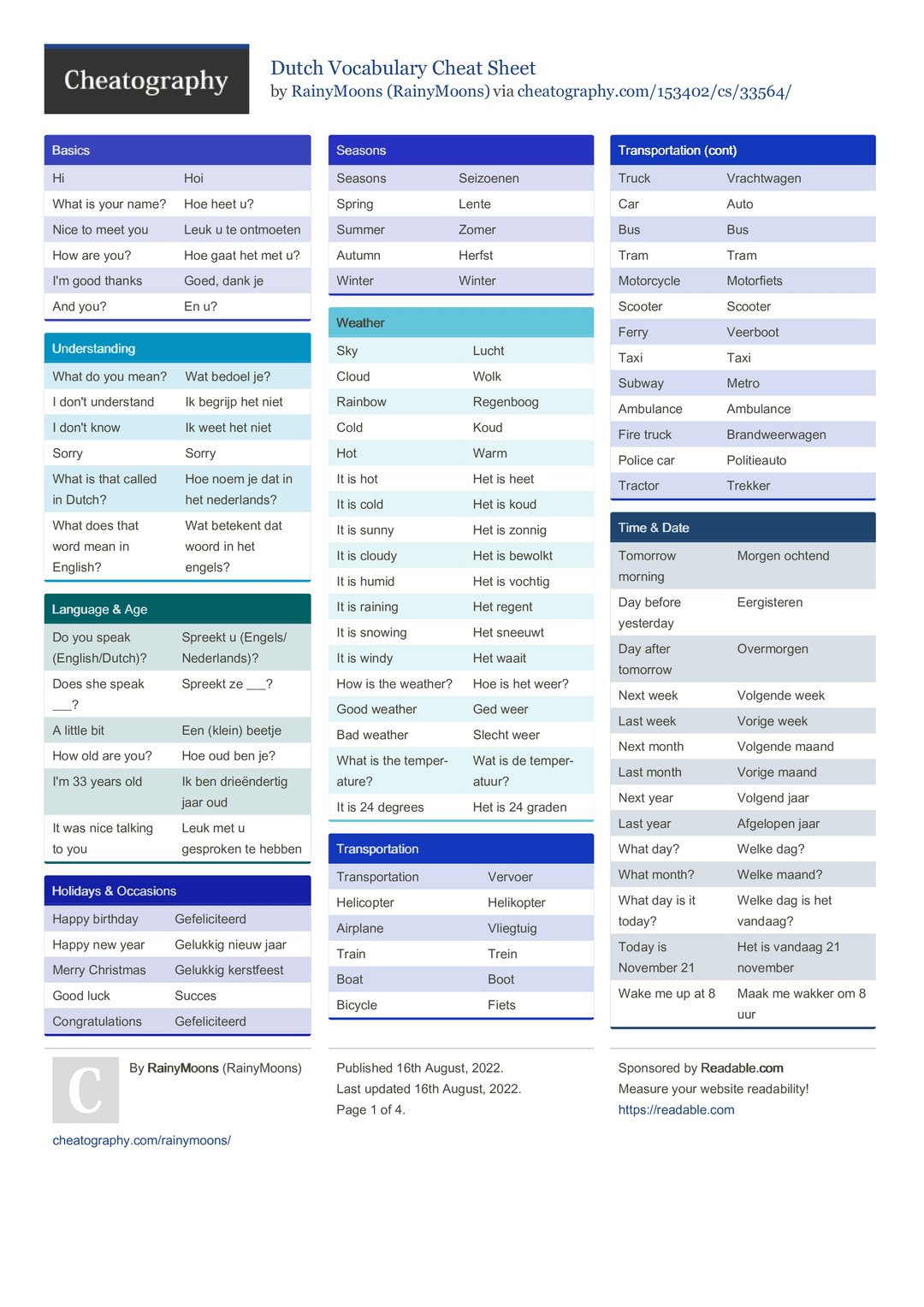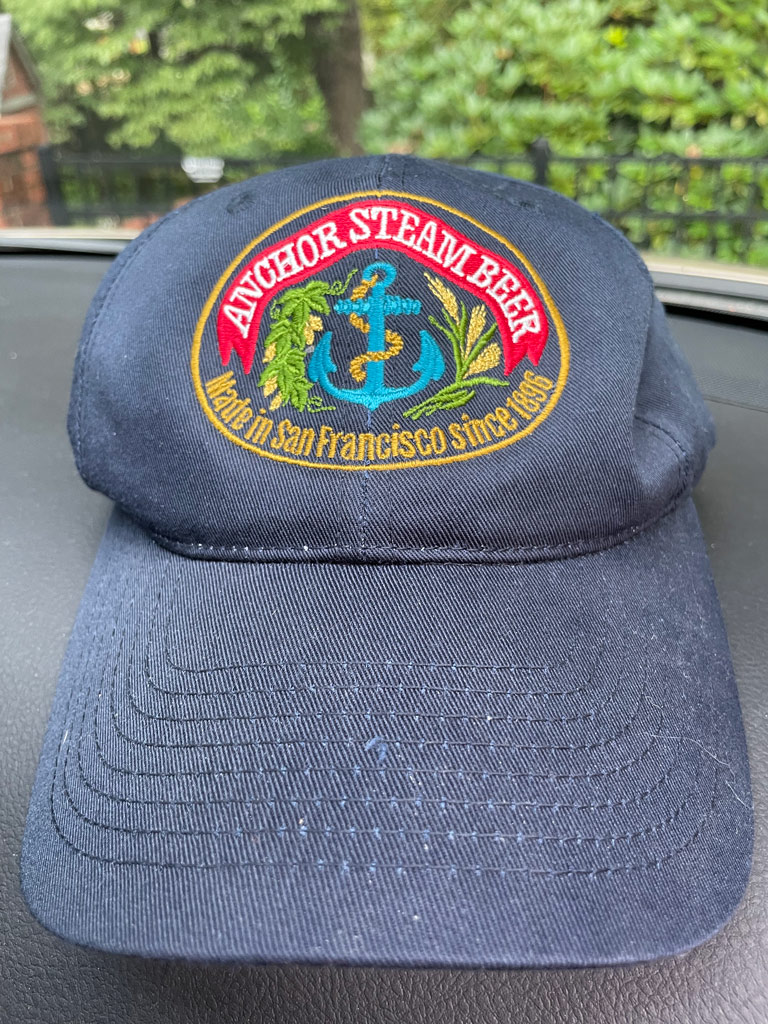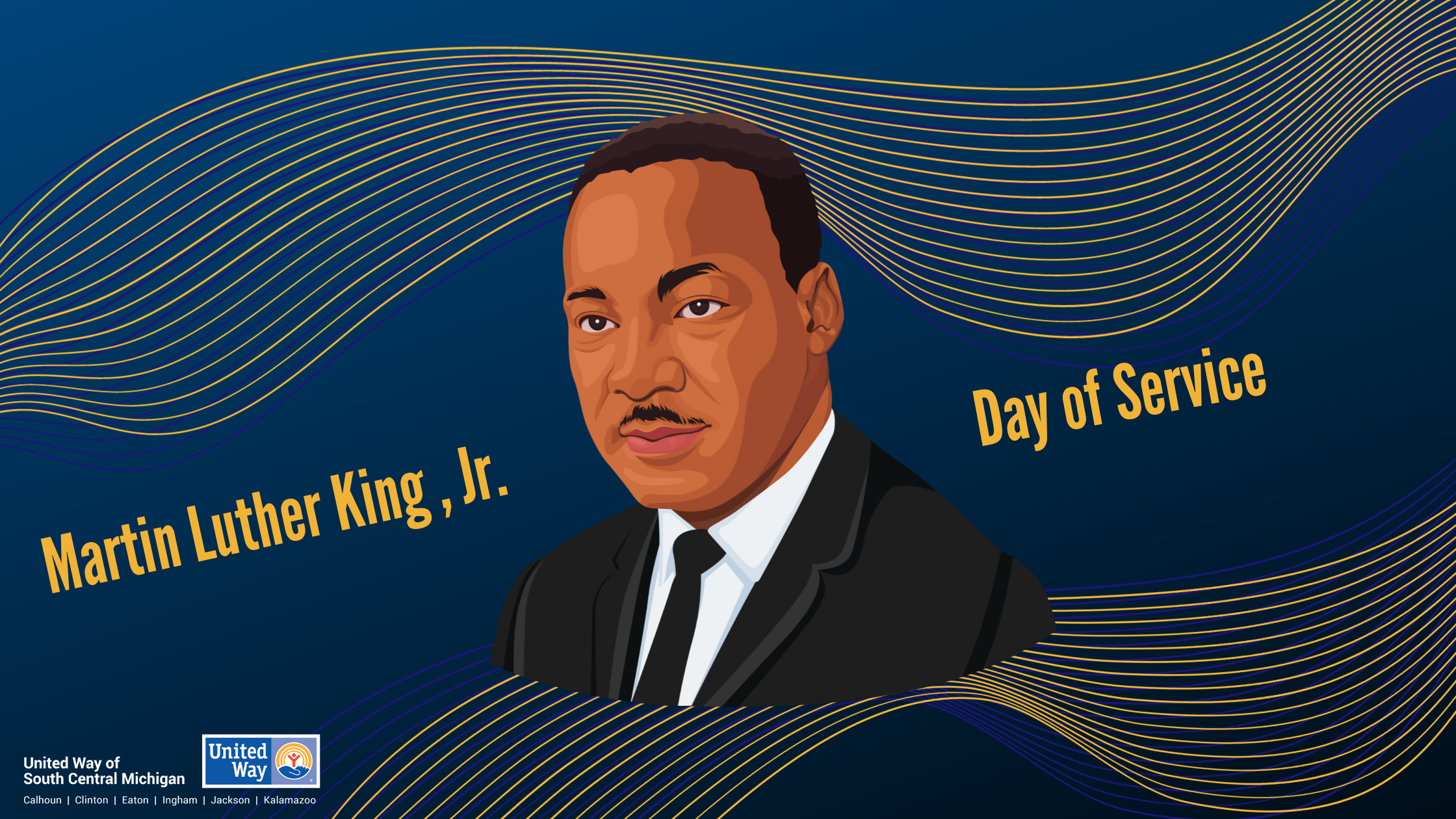Lente Lingo: Mastering Springtime Dutch Vocabulary

Table of Contents
Describing the Spring Landscape (Lentelandschap)
The Netherlands in spring is a breathtaking spectacle of color and renewal. To capture its essence, you'll need the right vocabulary.
Flowers and Plants (Bloemen en Planten)
Spring wouldn't be spring without the vibrant blooms! Here are some key words to describe the floral beauty:
tulp(tulip): The Netherlands is synonymous with tulips! Learn to say "Ik zie prachtige tulpen in het park" (I see beautiful tulips in the park).hyacint(hyacinth): These fragrant flowers add another layer of springtime scent.narcis(daffodil): Cheerful yellow daffodils announce the arrival of spring.krokussen(crocuses): These early bloomers herald the changing seasons.bloeien(to bloom): Use this verb to describe the flowers coming into full bloom: "De tulpen bloeien prachtig!" (The tulips are blooming beautifully!).ontluiken(to unfold/blossom): This verb adds a touch of elegance when describing the delicate unfolding of a flower.
Tips for remembering: Try associating the words with their English counterparts or create mental images of the flowers. Flashcards can also be very helpful.
Weather and Climate (Weer en Klimaat)
Dutch spring weather can be unpredictable, ranging from sunshine to showers. Here's how to describe it:
lentezon(spring sun): Enjoy the warmth of thelentezonafter a long winter.frisse lucht(fresh air): Breathe in the invigoratingfrisse luchtafter a rainy day.warme wind(warm wind): A gentlewarme windadds to the spring feeling.regenbui(rain shower): Be prepared for the occasionalregenbui, a typical spring occurrence.zonneschijn(sunshine): Celebrate thezonneschijnwith a walk in the park.lentebries(spring breeze): Feel the gentle caress of thelentebries.
Typical Dutch spring weather involves a mix of sunshine, showers, and moderate temperatures. You might hear phrases like: "Het is een mooie lentedag" (It's a beautiful spring day) or "Er hangt een frisse lentebries in de lucht" (There's a fresh spring breeze in the air).
Animals and Nature (Dieren en Natuur)
Spring brings a renewed sense of life to the Dutch countryside. Here are some key words to describe the awakening nature:
vogels(birds): Listen to the cheerful songs of thevogels.vlinders(butterflies): Watch the colorfulvlindersflutter amongst the flowers.lammetjes(lambs): Spot the adorablelammetjesfrolicking in the fields.bijen(bees): Observe the busybijenpollinating the flowers.ontwaken(to awaken): Natureontwakt(awakens) from its winter slumber.nest(nest): Look for birds building theirnesten(nests) in the trees.
Many animals become more active in spring. You could describe this with phrases like: "De vogels bouwen hun nesten" (The birds are building their nests).
Springtime Activities and Celebrations (Lenteactiviteiten en Vieringen)
Spring in the Netherlands is filled with outdoor activities and celebrations.
Outdoor Activities (Buitenactiviteiten)
The pleasant weather encourages outdoor activities:
fietsen(cycling): Explore the countryside byfiets(bicycle).wandelen(walking/hiking): Enjoy a leisurelywandeling(walk) through the blooming landscapes.picknicken(picnicking): Have apicknick(picnic) in a park or field.tuinieren(gardening): Tend to your garden and plant new flowers.paasdagen(Easter days): Easter is a major springtime celebration.
You can invite someone to a spring activity by saying, for example: "Wil je met me gaan fietsen deze lente?" (Do you want to go cycling with me this spring?).
Easter Traditions (Paastradities)
Easter (Pasen) is a significant holiday:
paaseieren(Easter eggs): Decorate and hunt forpaaseieren.paashaas(Easter bunny): Thepaashaasis a central figure in Easter traditions.eieren zoeken(egg hunt): Children excitedly participate ineieren zoeken.paasbrunch(Easter brunch): Enjoy a deliciouspaasbrunchwith family and friends.
Easter traditions involve egg hunts, special meals, and family gatherings.
Idioms and Expressions (Uitdrukkingen en Gezegden)
Dutch has many colorful idioms related to spring and renewal. While a comprehensive list is beyond this article's scope, learning a few adds depth to your language skills. For example, research idioms related to new beginnings and growth to enhance your understanding of the cultural nuances.
Conclusion
This exploration of lente lingo has equipped you with a solid foundation of Dutch vocabulary for enjoying the springtime season. From describing blooming flowers (bloemen) to celebrating Easter (Pasen), you're now better prepared to immerse yourself in the beauty and culture of the Netherlands during spring. Continue expanding your lente vocabulary, and you'll find that understanding the language enhances your appreciation of this wonderful time of year. So, get out there, practice your new Dutch lente words, and enjoy the vibrant season!

Featured Posts
-
 Auto Carrier Reports 70 Million Loss Projection Due To Us Port Fees
Apr 26, 2025
Auto Carrier Reports 70 Million Loss Projection Due To Us Port Fees
Apr 26, 2025 -
 The Closure Of Anchor Brewing Company A Look Back At Its History
Apr 26, 2025
The Closure Of Anchor Brewing Company A Look Back At Its History
Apr 26, 2025 -
 George Santos Justice Department Pushes For 7 Year Prison Sentence
Apr 26, 2025
George Santos Justice Department Pushes For 7 Year Prison Sentence
Apr 26, 2025 -
 Martin Luther King Jr Day To Celebrate Or Abolish A Look At Public Sentiment
Apr 26, 2025
Martin Luther King Jr Day To Celebrate Or Abolish A Look At Public Sentiment
Apr 26, 2025 -
 Nato Membership For Ukraine Trumps Perspective And The Future Outlook
Apr 26, 2025
Nato Membership For Ukraine Trumps Perspective And The Future Outlook
Apr 26, 2025
Latest Posts
-
 100 Days Of Trump How Did It Affect Elon Musks Net Worth
May 10, 2025
100 Days Of Trump How Did It Affect Elon Musks Net Worth
May 10, 2025 -
 The Impact Of Trumps First 100 Days On Elon Musks Financial Status
May 10, 2025
The Impact Of Trumps First 100 Days On Elon Musks Financial Status
May 10, 2025 -
 The Tesla Dogecoin Connection Examining The Influence Of Elon Musk And Market Volatility
May 10, 2025
The Tesla Dogecoin Connection Examining The Influence Of Elon Musk And Market Volatility
May 10, 2025 -
 Analyzing The Change In Elon Musks Net Worth The Trump Presidencys First 100 Days
May 10, 2025
Analyzing The Change In Elon Musks Net Worth The Trump Presidencys First 100 Days
May 10, 2025 -
 Analyzing The Impact Of Teslas Stock Performance On Dogecoins Value The Elon Musk Factor
May 10, 2025
Analyzing The Impact Of Teslas Stock Performance On Dogecoins Value The Elon Musk Factor
May 10, 2025
